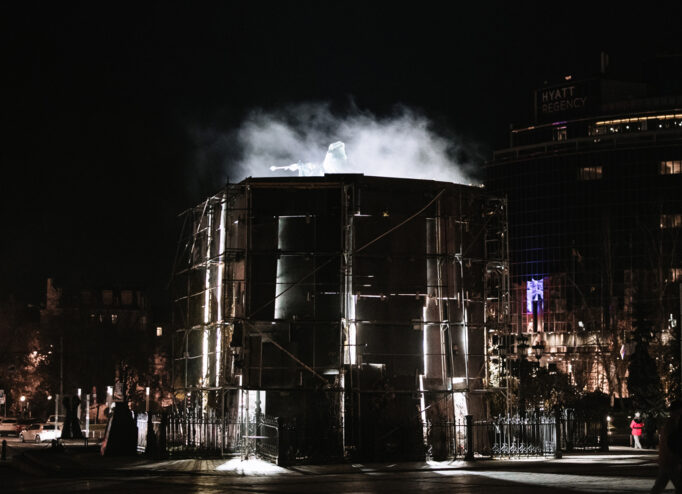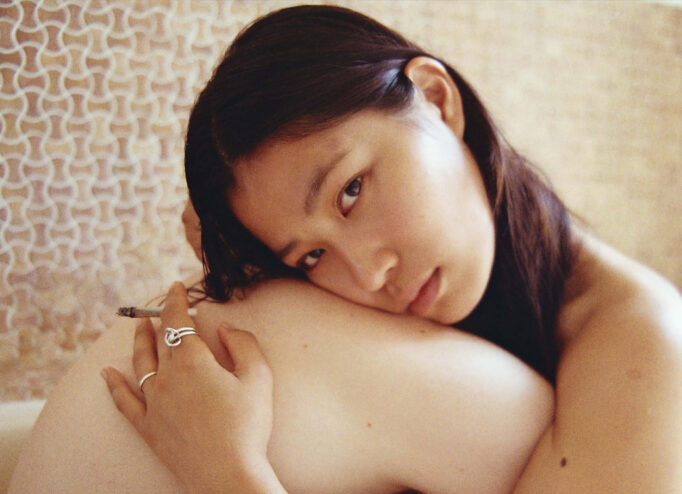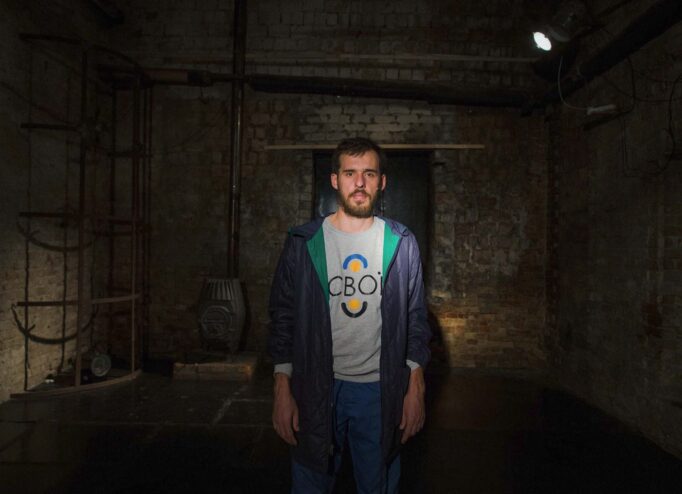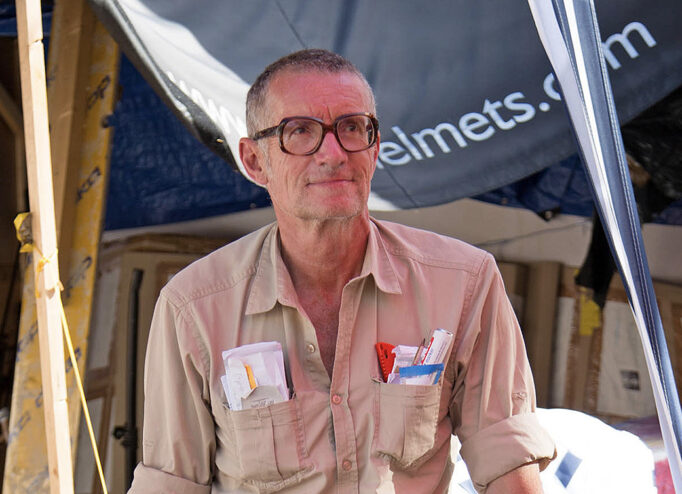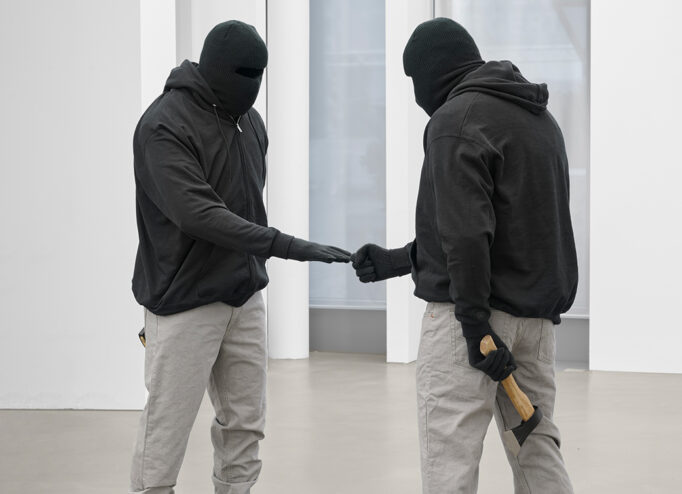“This exhibition was created in the format of a conversation between the 28 participating artists and visitors on the theme of ‘temporality’, the fragility of this time, which is suspended, uncertain and can lead to any situation, because nothing is frozen or final”, — Fabrice Bousteau, curator of the MOT exhibition, explains in his opening remarks. For almost 30 years, he has been the head of Beaux Arts Magazine, the most popular arts publication in France, and has been a curator for just as long. Fabrice organized the first exhibition of Indian art at the Centre Pompidou in 2011 and has managed to work with almost all the stars of the French art scene, ranging from the legendary Pierre Soulages to street artists such as JR.
He advocates the democratization of culture and sincerely believes that art can confront the darkest sides of humanity, particularly barbarism. Both in the formation of his editorial policy and in the creation of his exhibitions, Busto adheres to one principle: to give the reader or visitor a unique journey by combining different types of art.
Actually, Fabrice’s approach and international curatorial experience interested don’t Take Fake. The team originally planned to make the exhibition at MOT international in order to attract more attention and raise as much money as possible for the restoration of damaged and destroyed art institutions. So they were looking for a curator who could, within a limited time frame — it is almost impossible to do such a project in four months — put together an exhibition with works by both internationally renowned artists and those who are just starting to make a name for themselves. At the end of the project, all the works will be put up for a charity auction to support Ukraine.
In an exclusive interview with DTF Magazine, Fabrice Bousteau reflects on art and barbarians, on the division of artists into generations and on the need for free access to culture. He also tells us why he agreed to curate the exhibition at MOT, what is special about the exhibition and its message, and what are the similarities between the artists represented in the space.
— How did you get to know Module of Temporality?
My introduction to Module of Temporality started with a call from my friend, the artist JR. One day he simply told me that I must meet the team of Ukrainians and their project, which should show the world that culture can exist even in spite of the war. And that there are still artists creating in Ukraine and there is still an audience that needs art.I was also fascinated by the idea of creating cultural space in containers so that it can travel around the world.
— Why did you agree to supervise this project? What attracted you to it?
— I’m terribly fond of this idea of mobility. I believe that art promotes mobility of mind, soul and body. It makes you different. As a teenager, I was struck by the fact that people made art during World War II. Imagine, they found the strength to do it even when they were in concentration camps. And nowadays some artists create in prisons, where the authorities of their countries sent them.
Art has the power to change the world. It represents freedom. And it is the only thing that distinguishes us from animals. It was once thought that mankind was distinguished by its ability to talk. But no, many animals can communicate. But it is only humans who can create, which makes us unique. For example, I can’t imagine my life without creativity. It is a certain daily need.
Also going back to mobility I want to point out that most people think the world is linear, they think the world is a route that goes from point A to point B. And I don’t think this is true. And I think that in fact the future and the past are mixed and happening at the same time. For example, the war in Ukraine is not a matter of when it happened, but a manifestation of people’s barbaric thinking. Wars have been going on for thousands of years, as have barbarian invasions. It is the bad side of humanity. But we have the power to eradicate it, and it can be done precisely through art. A person who discovers beauty, intelligence, and awareness will never become a barbarian.
And before the war against Ukraine, few people in the world knew how strong Ukrainian art really is, especially photography. That there are thousands of years behind it. So I delved into this subject.
It is an honor for me to work with Module of Temporality and the artists and to put art at the center of life.
— How does the work of a mentor begin for you? What principles guide you in your curatorial practice?
— I always start by thoroughly discussing the concept of the exhibition with the artists — I just ask them what they think of it. It’s important for me to talk to the artists. After the discussion, I work on the concept. It’s like a director’s work — you have to try different ways, put different jigsaw puzzles together, it’s very simple, I should add music, some other elements. I see the exhibition as a journey, a trip. As a kind of legal drug.
Also for me exhibitions are like movies: I add everything I like to it, I always make them immersive and mix philosophy, visual arts and other things. Also, even the most complex exhibit should have several levels of understanding because art has the power to change a person’s life at any age. For example, I grew up in a small town in the East of France, but when I was 15 I went to Paris to the Centre Pompidou and that affected me a lot. That trip made me want to become part of the artistic world.
In my exhibitions, I always start with an idea, a concept that I submit to the artists so that they can put it into perspective, break it down and open up new avenues of thought. I’m interested in their reactions, their opinions, and I build the exhibition with that in mind.
It is very important for me to discuss everything with artists, and I believe that they need curators, including to discuss whether this or that work is good or bad. However, I will never prove to an artist that his/her work is not good enough if he/she sincerely believes the opposite.
It’s also important to pay attention to space. This, too, is an important starting point. After all, the right space gives power to art objects. Many artists throughout my career have told me that an exhibition space can make all the difference. The work may not be too outstanding, but if it fits the space and the curator has used the proper lighting and positioned the artwork correctly, he or she will create a great exhibition.
In the case of Module of Temporality, there are three important space conditions to consider: it is built out of containers, it is located in a city, and it takes place during a time of war. And I have to take this into account and discuss it with the artists involved in the project.
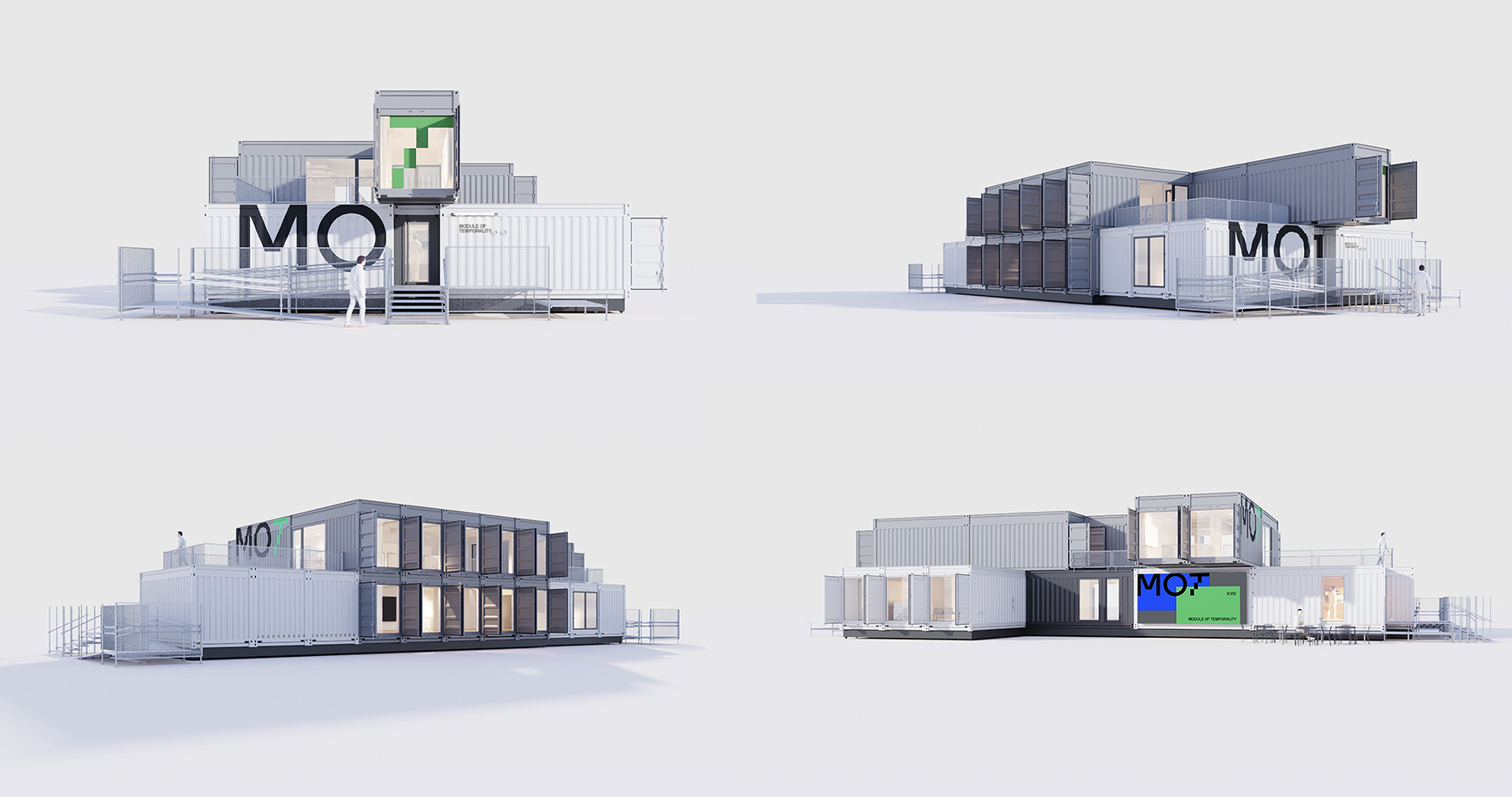
I’m fascinated by the Module of Temporality space, it’s a special place. And I couldn’t just say that this painting should be there and that sculpture should be in this corner. We have to think about the place, about its visitors, and immediately think about what they will see first, what they will feel, what will go through their minds as they explore the exhibition. This is why I and my team always create a 3D model of the future exhibition, to understand what it will look like. Yes, things can change during the installation process, but it’s still important to me to create that simulation.
You also have to think about the spirit of the exhibition, its purpose — why you’re doing it. And it’s also important to trust the feelings of the artists, because they come up with things you could never imagine. Sometimes it’s very simple things, sometimes it’s very complicated things. But they are the ones who give new meanings to objects with their imagination. That is the magic of art.
— What were your first suggestions for the future space?
My first suggestion for Module of Temporality was that I definitely didn’t want to do an anti-war exhibition there. It seemed to me that we should talk about the fragility of time. Because when war comes into your life, the first thing you think about is your own vulnerability and the vulnerability of your loved ones. And also how fragile things really are, including our homes.
I immediately made a phone call to some artists I knew with an offer to participate in the exhibition, and after they enthusiastically agreed, I asked them to think about the question of fragility. And it resonated with everyone. After all, there have been many instances in human history and in the history of art when things have changed radically in a very short period of time.
— What was the hardest part of working on the exhibition?
We created Module of Temporality under time and money constraints, there were difficulties with delivery and quite specific conditions. We also warned the artists that we would not be able to insure their work. Fortunately, a great dynamic was quickly established, both the artists and the galleries who supported this initiative all accepted the particularly difficult conditions in which this project was taking place because they understood the importance of succeeding in creating it, together.
The biggest challenge was the very limited amount of time to implement the project. But it seems to me that this fits very well with the main theme of our space — the fragility of time. When one suddenly finds oneself in a war, one must act quickly and make decisions instantly.
— How do you convince artists to take part in your exhibitions?
— In order to convince an artist to take part in an exhibition, you have to understand if he/she feels the concept. It’s like meeting new people and realizing whether or not they are “yours” — you have to figure out if you want to continue communicating with them, and how willing you are to do so. After all, making art, creating an exhibition means sharing something with people sincerely and generously.
— What do Module of Temporality exhibitors have in common?
— It seems to me that in general all artists have something in common. For example, the view that nothing is finite. For example, in his recent series, the French painter Philippe Cognée paints wilted flowers that are fascinating in their beauty. And one comes to realize that death does not really exist, and therefore it cannot win. And so it is with Module of Temporality, which is a study about the fact that even in the midst of utter disaster and collapse, there remains room for life, good things and beauty.
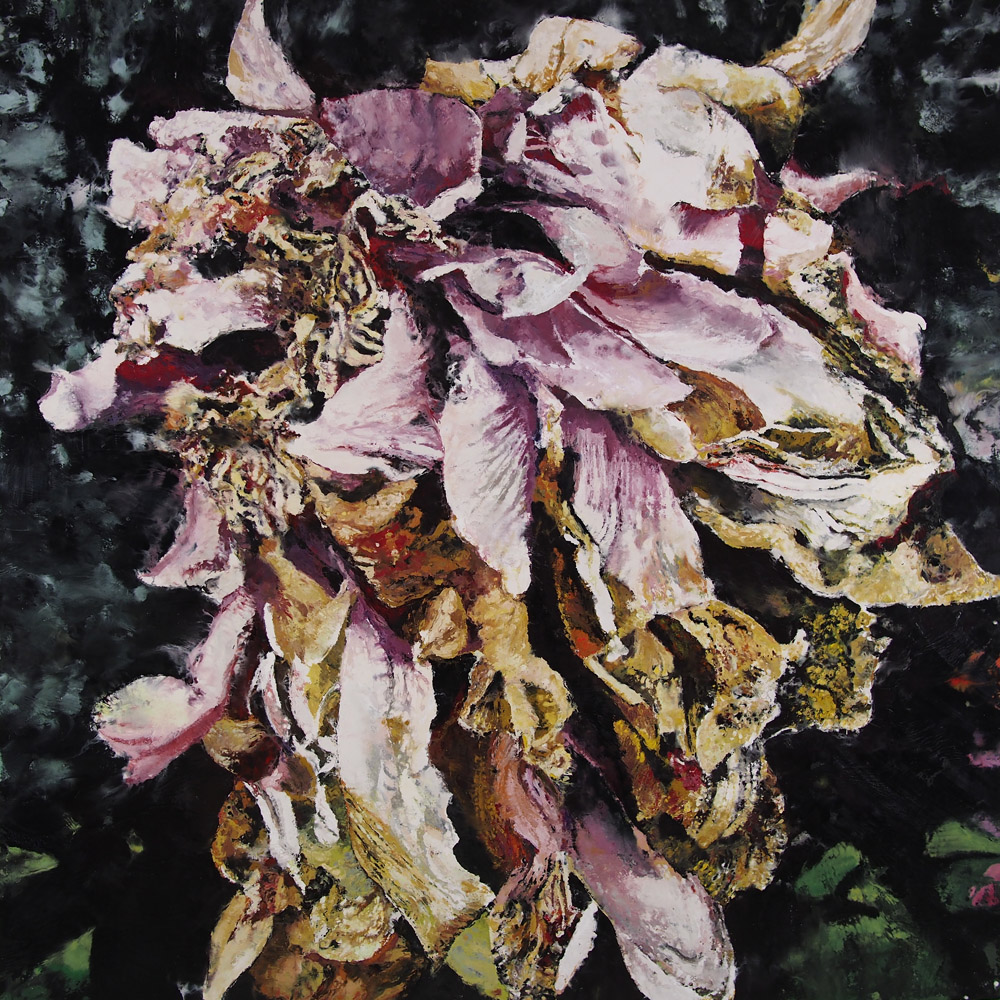

Our artists also offer completely simple things. Take the Indian artist Subodh Gupta, who works a lot with kitchen utensils, including purely traditional ones that are unique to his native India. He loves to build sculptures and installations out of plates and other utensils because he is inspired by the idea of cooking.

It’s easy to understand. Because you offer to talk when you cook food for yourself, family, or friends. You become more humane. Even if you can’t afford too much, like Indians who belong to the poorest of the poor, you still create life when you cook and eat food together.
This echoes what happens in times of war. Whatever food you get, if you share it with someone, you create life, you form a community. But together you will enjoy it, even in spite of the conditions of your meal.
In addition, Module of Temporality deals with the theme of barbarism. It is about the works of Mark Jenkins and Cleon Peterson. The former uses modern figures and the latter uses ancient ones. It is a form of dialogue, and our message of struggle against evil and absolute rejection of barbarism.
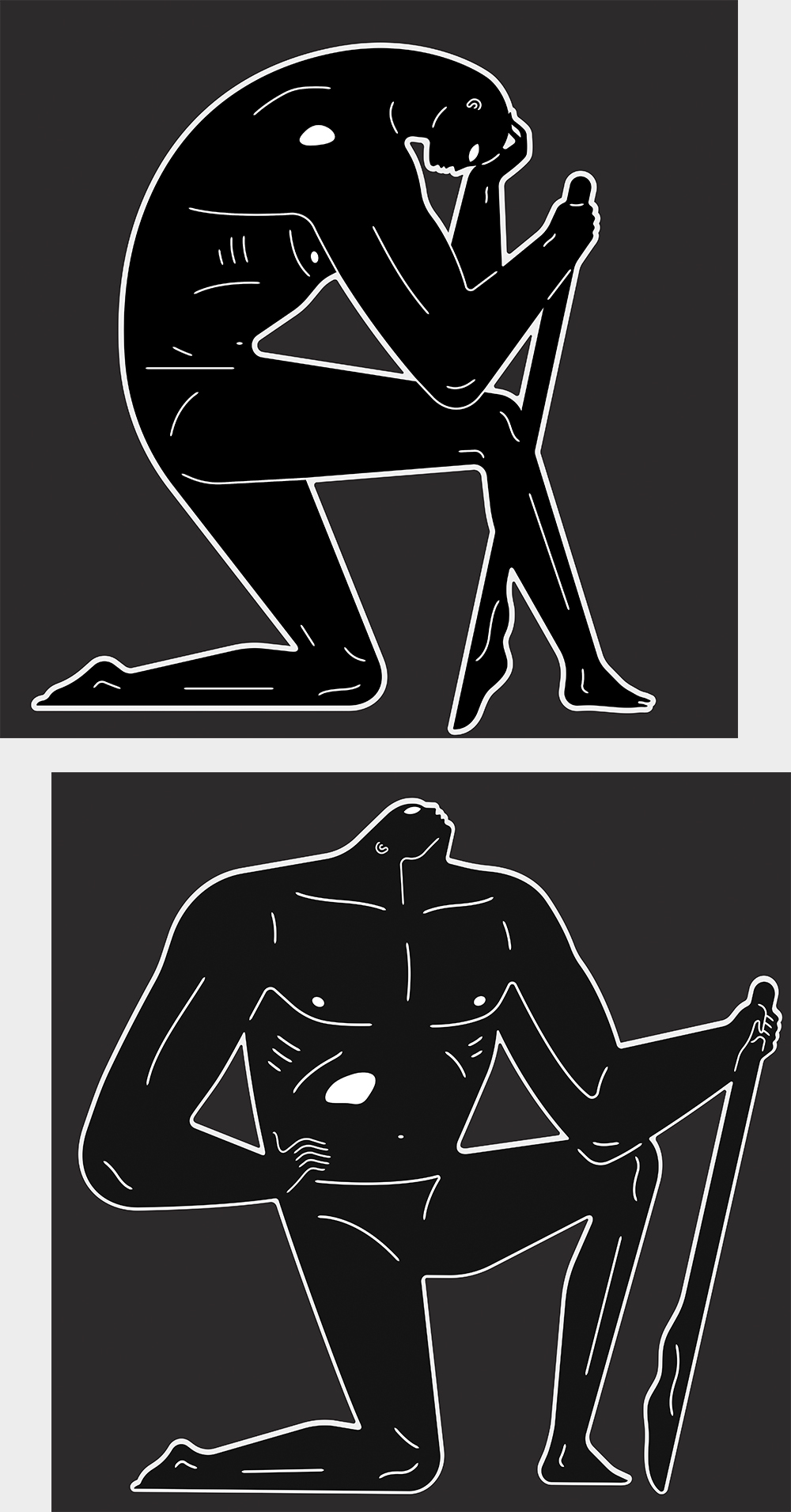
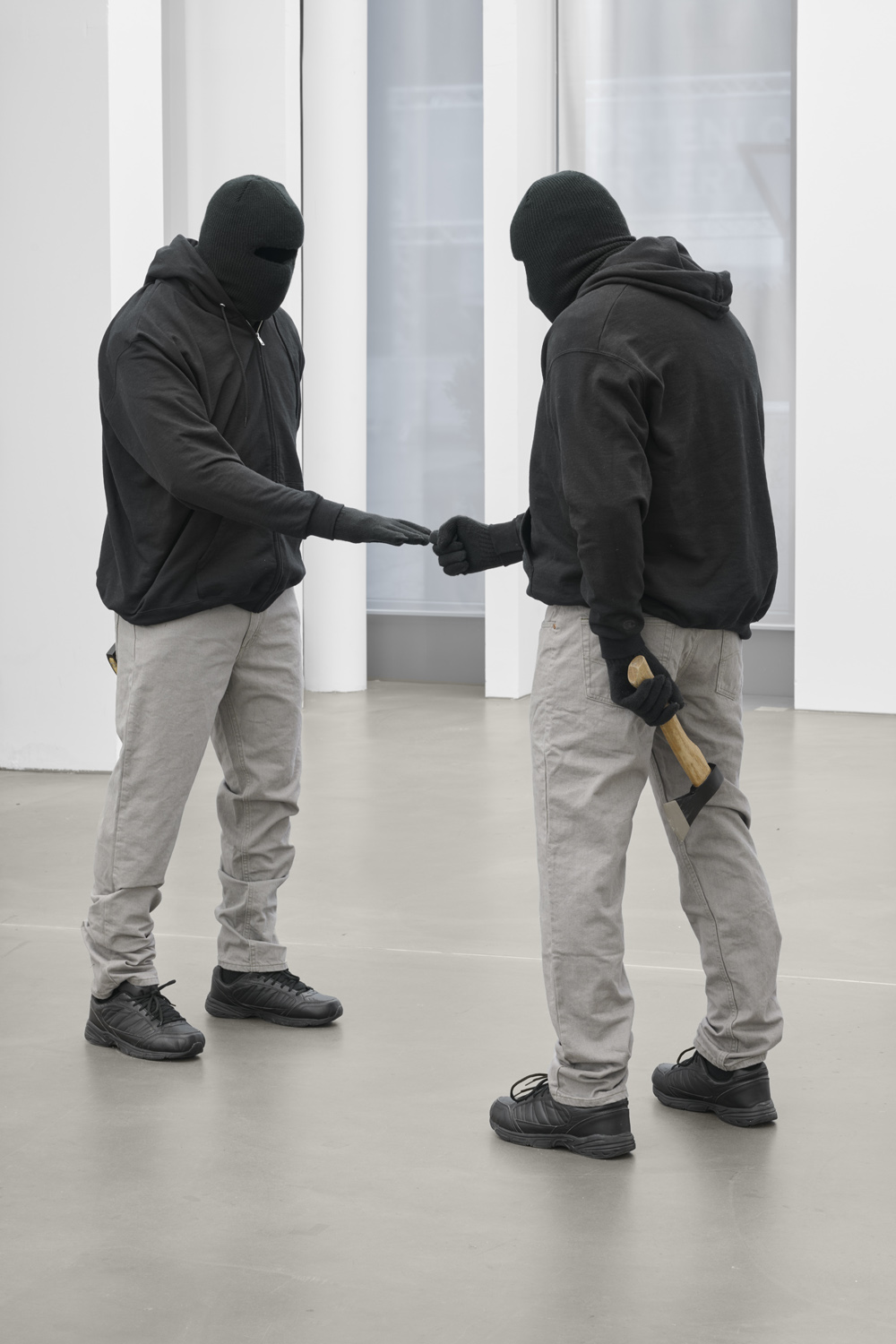
And also Module of Temporality is our way of talking about life, even though it is not easy. And about the birth of a new life in particular, which is best told by the works of Ukrainian artist Maria Kulikovska and French artist Prune Nourry.

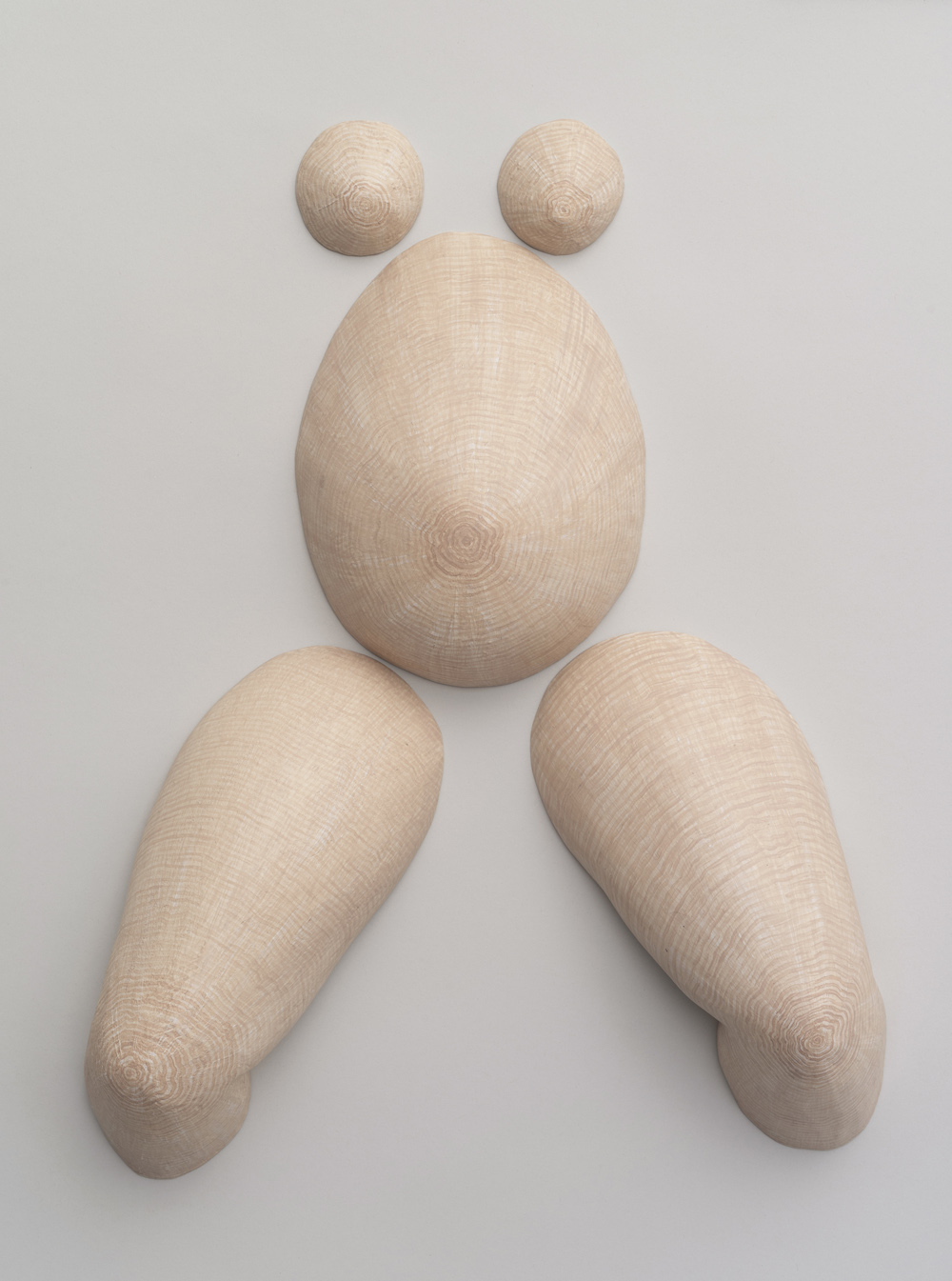
— You work with representatives of different directions and generations, does that make your work more difficult or easier?
— I adore art and artists. I worked, for example, with Pierre Soulages (French abstractionist painter, who died in October 2022 at the age of 102. — Note from DTF Magazine) and very young artists. It is an extraordinary experience because young artists can learn from older artists and older artists can explore young people. That kind of communication is very important.
But to be honest, I don’t like dividing people into generations. I don’t think artists should be categorized by nationality, gender, or age at all. The most important thing is that they all make art.
But it is worth noting that while all artists can be called international, each bears the imprint of his or her culture. I remember when the art market began to globalize in the 1990s and many artists, including French artists, refused to be identified by nationality and simply called themselves «world artists» without indicating their country of origin. But everyone has their own particularities. French artists, for example, are very conceptual, German artists like abstraction, etc.
Among Ukrainian artistic phenomena, I am particularly struck by photography, in particular the Kharkiv school. It’s a crazy mix of surrealism and reportage, and the ability to work with very different techniques. But at the same time, I understand that Ukrainian art is strong and has much broader boundaries. So I would like to have more conversations and discussions with Ukrainian artists to learn about it.
— Do you believe that art can prevent war?
— I think to a certain extent artists are shamans, mediums, subtly sensing the flow of life, deeply capture human nature. But yes, I do believe that art has the power to stand up to war and violence. It is a way for artists and viewers to face the world, to enter the fight and resist war. After all, in all authoritarian and terrorist countries, art is the first thing that is forbidden. So we need a democratization of culture, so that as many people as possible could be involved in art and have access to it — to cinema, theaters, museums and the like. In this way we can overcome barbarism.


